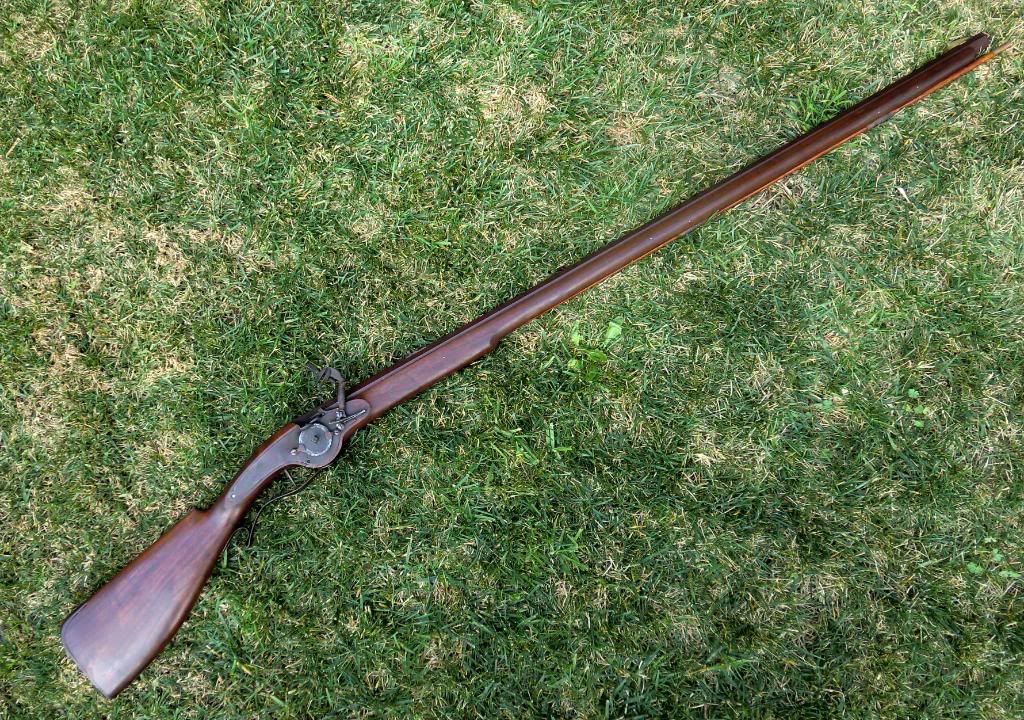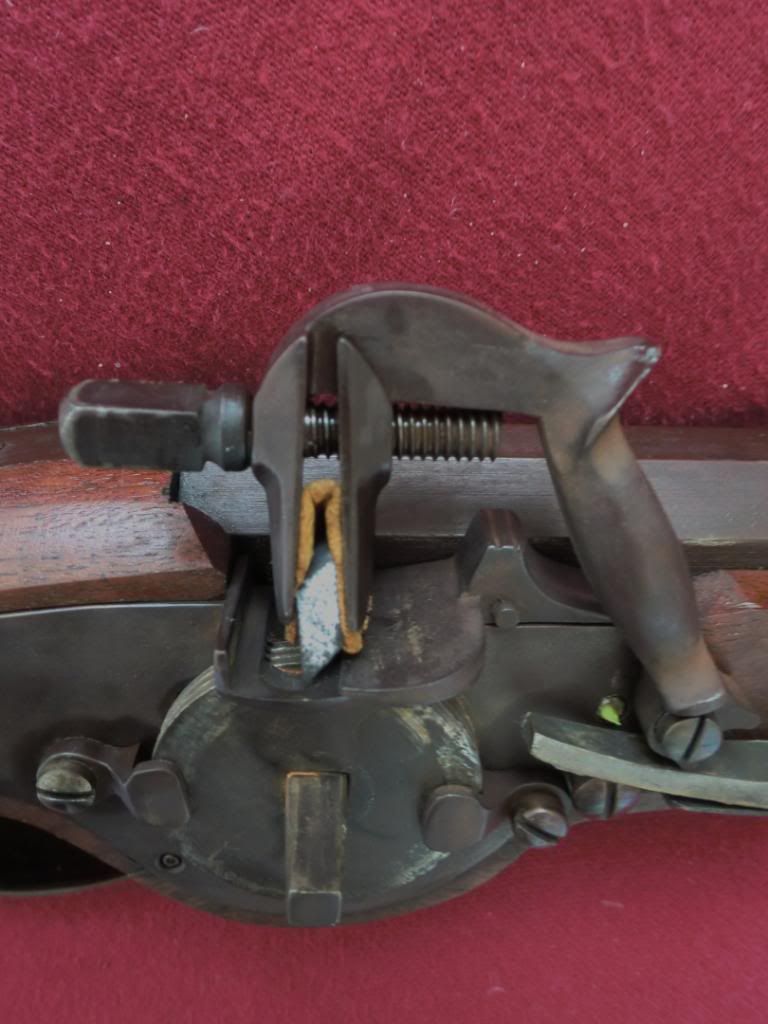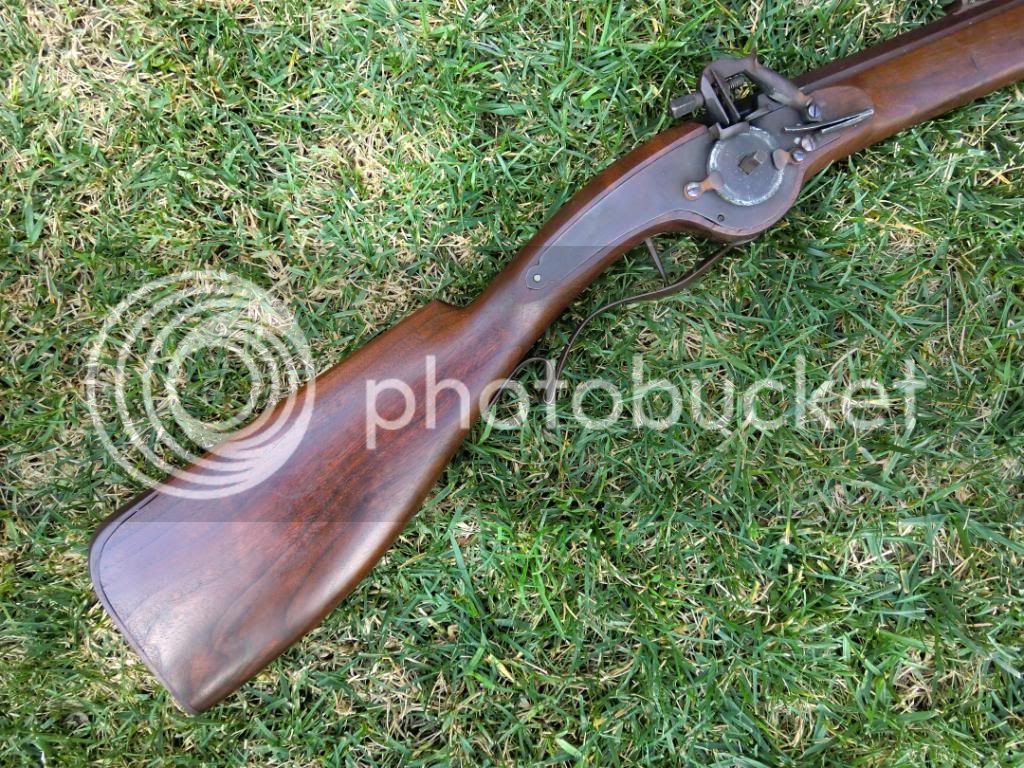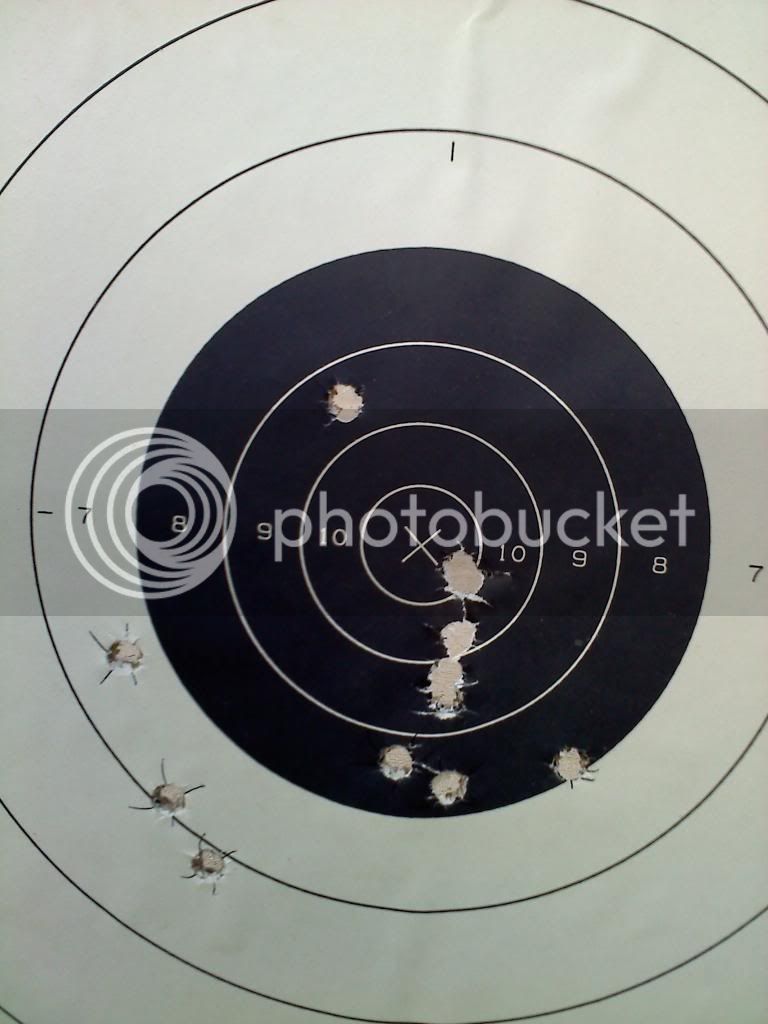wahkahchimaol.com
45 Cal.
- Joined
- May 17, 2009
- Messages
- 593
- Reaction score
- 14
I received this rifle in early 2011. I've been shooting and learning about it since. Advice welcome!








I'm not a metallurgist, and I hope one of ours will chime in here, but my understanding is that it is impossible to make steel anywhere near as hard as flint (or the related minerals), even with modern materials and technologies.ricky said:I'm sure this has been discussed before, but why can't the wheel be hardened to allow the use of flints?
Enter your email address to join: